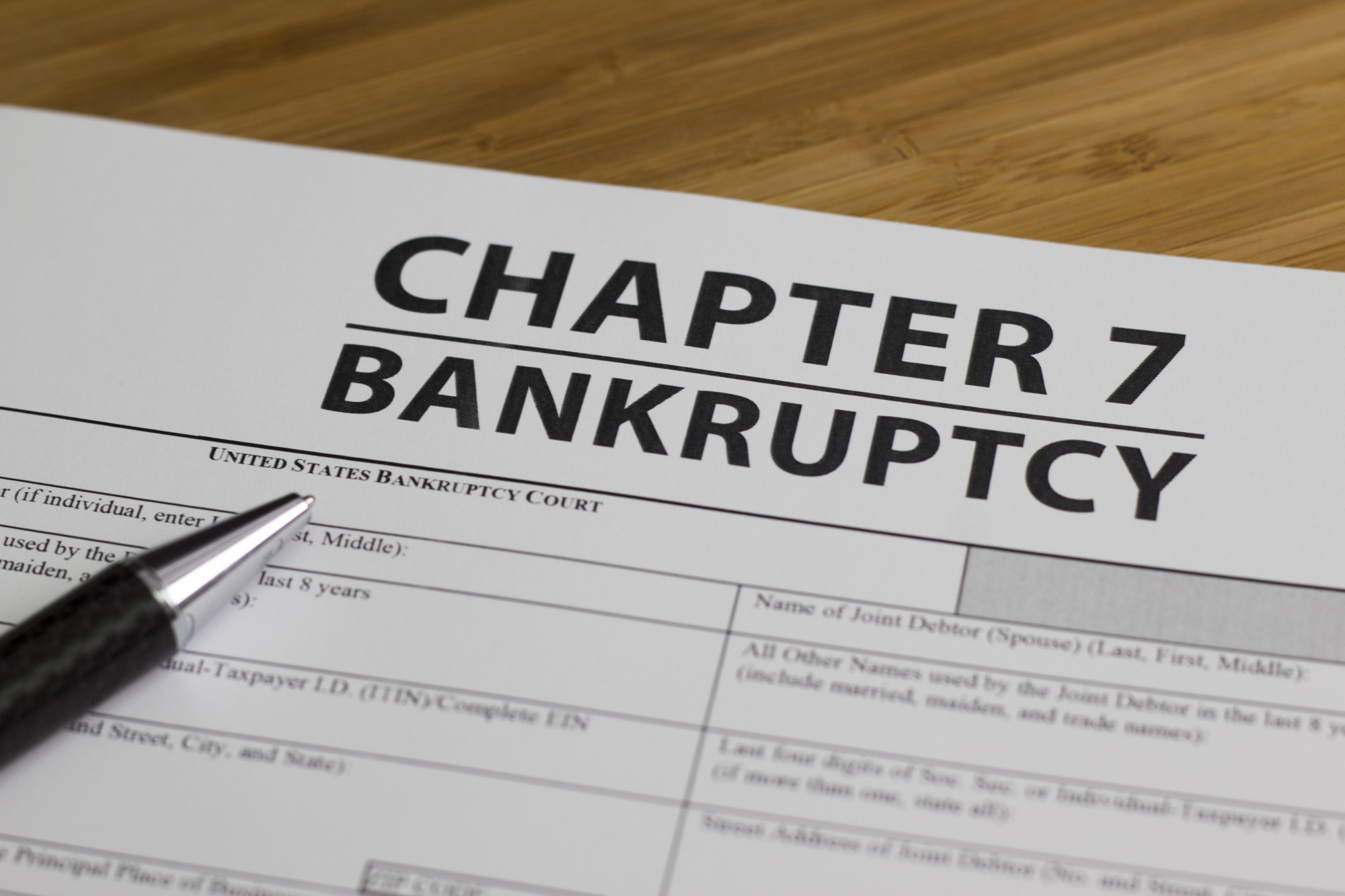
Have you recently declared bankruptcy? It can be a stressful situation for anyone to go through, and it makes you review every single dollar you have to your name. It doesn’t matter if it’s your assets or the remaining cash you have on hand.
The first place people generally look is at one of their biggest outgoing expenses, their mortgage. Reviewing it with the bank could net you a lower rate and repayment. But are you able to refinance your home loan after declaring bankruptcy?
While there is a possibility that you’ll have to serve a bankruptcy waiting period, it’s not impossible to refinance your mortgage. If you want to understand how you can save some money on your home loan, make sure to follow these steps.
While the phrase bankruptcy has a universal definition, they’re not all the same to a mortgage provider. Depending on how you filed for, it will determine your options for refinancing.
Chapter 7 is the most common type of bankruptcy. In short, it means that your debts are discharged. You can release some of your debts, but others will stick with you, such as:
You might also need to liquidate some of your property. You should also note that this type of bankruptcy remains on your credit report for ten years.
While you won’t remove all of your debt with this type of filing, you can restructure it and keep your property. You might even be able to make repayments over a longer period or repay a portion of your loan. This type of bankruptcy is on your credit report for seven years.
Whether it’s a Chapter 7 or 13 bankruptcy, you will have to serve a waiting period before you are able to get a new mortgage loan or refinance your existing one. There also some additional steps that you’ll have to take compared to the normal procedure.
For a Chapter 7 bankruptcy, you need to wait two years after your discharge date before you can discuss refinancing. However, this only applies to any government-backed loans. Some lenders may make you wait four years after your discharge date, so you may need to speak to a few places who have the waiting period that you need.
In relation to a Chapter 13 bankruptcy, the waiting period is as little as 12 months of making payments towards the repayment plan. However, this is only if you’ve got a government-backed VA loan and FHA loans.
For a conventional loan, the waiting period is four years.
If you’ve been in the unfortunate situation to declare bankruptcy more than once over the past seven years, then you’ll need to wait longer. It doesn’t matter if it’s Chapter 7 or 13, the waiting period will be at least five years before you can refinance a loan.
Refinancing after bankruptcy comes with multiple advantages. Not only will it reduce some of your stress, but it will help you take back control of your finances.
For starters, you’re able to make much lower monthly payments. Especially when you take a longer term on the loan.
If you’re eligible for a cash-out refinance loan, then you can use some of this money to put towards your debt payments. This is available if you take on a higher principal balance obtain the difference in cash from the mortgage lender.
If the interest rates are lower than when you initially took out the loan, then refinancing will allow you to save thousands on the remainder of it. You may not be eligible for the best rates, but you might get one that’s better than the original mortgage.
Even though there are many benefits to refinancing, you shouldn’t just automatically sign on the dotted line. There are some items to consider first to make sure that it’s the right move for you.
No matter which loan you decide to choose, you will still need to meet the credit standards before you even qualify for refinancing. Bankruptcy can wreak havoc on your credit rating, so you may need to improve this before applying for a loan. You can learn what it is before you submit your application.
You should also remember that there are costs associated with refinancing. Normally, this is around 2% to 3% of the value of the loan. If you have enough equity, then it’s possible to include this in the principal of the loan.
It’s common for credit bureaus to include your bankruptcy even after the waiting period dates. The maximum amount of time it should appear on your file is ten years. If you’ve served your time and it’s still impacting your rating, get in touch with a bureau to resolve this issue.
It’s best to know all of the rules and regulations when it comes to investigating refinancing after bankruptcy. Every situation is unique, and it helps to know your options. You don’t need any extra stress, but if you’re informed about what you’re entitled to, your chances for success are greater.
If you want to learn what’s available for your situation, then we can help. We offer a wide selection of options and reduce the number of hoops to jump through so you can get your loan fast. Contact us for a free consultation and find out how we can help.